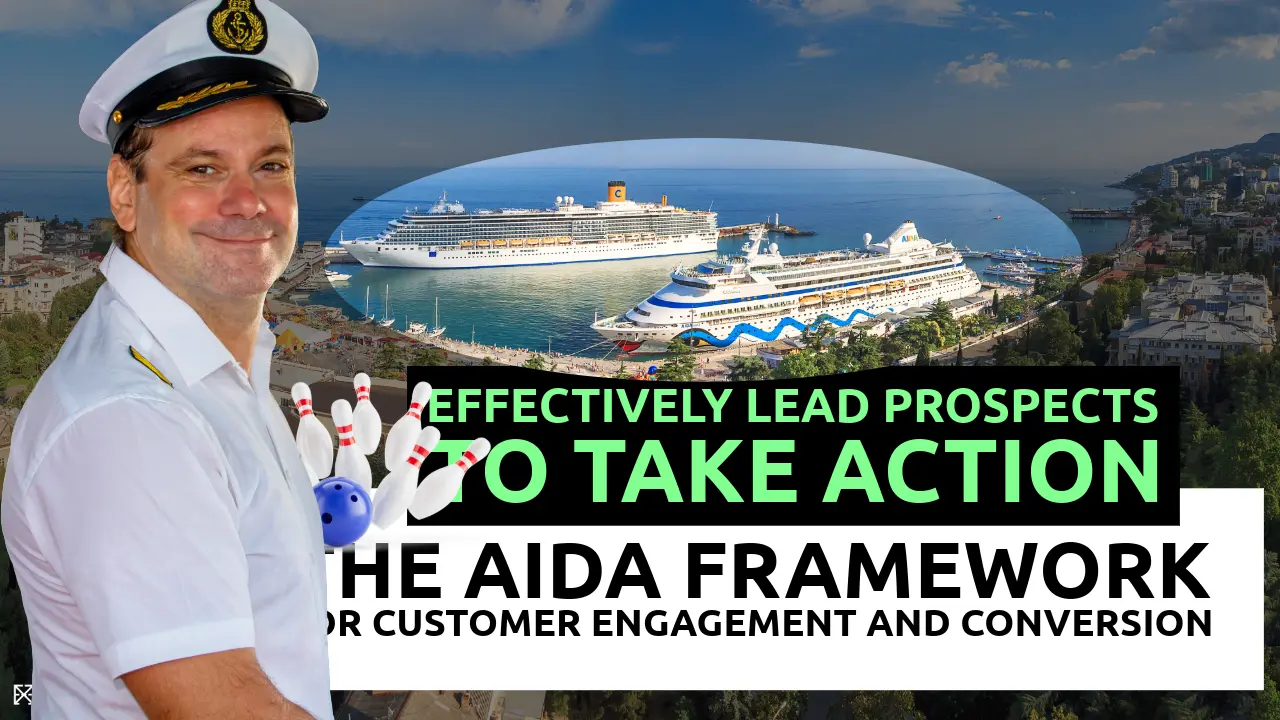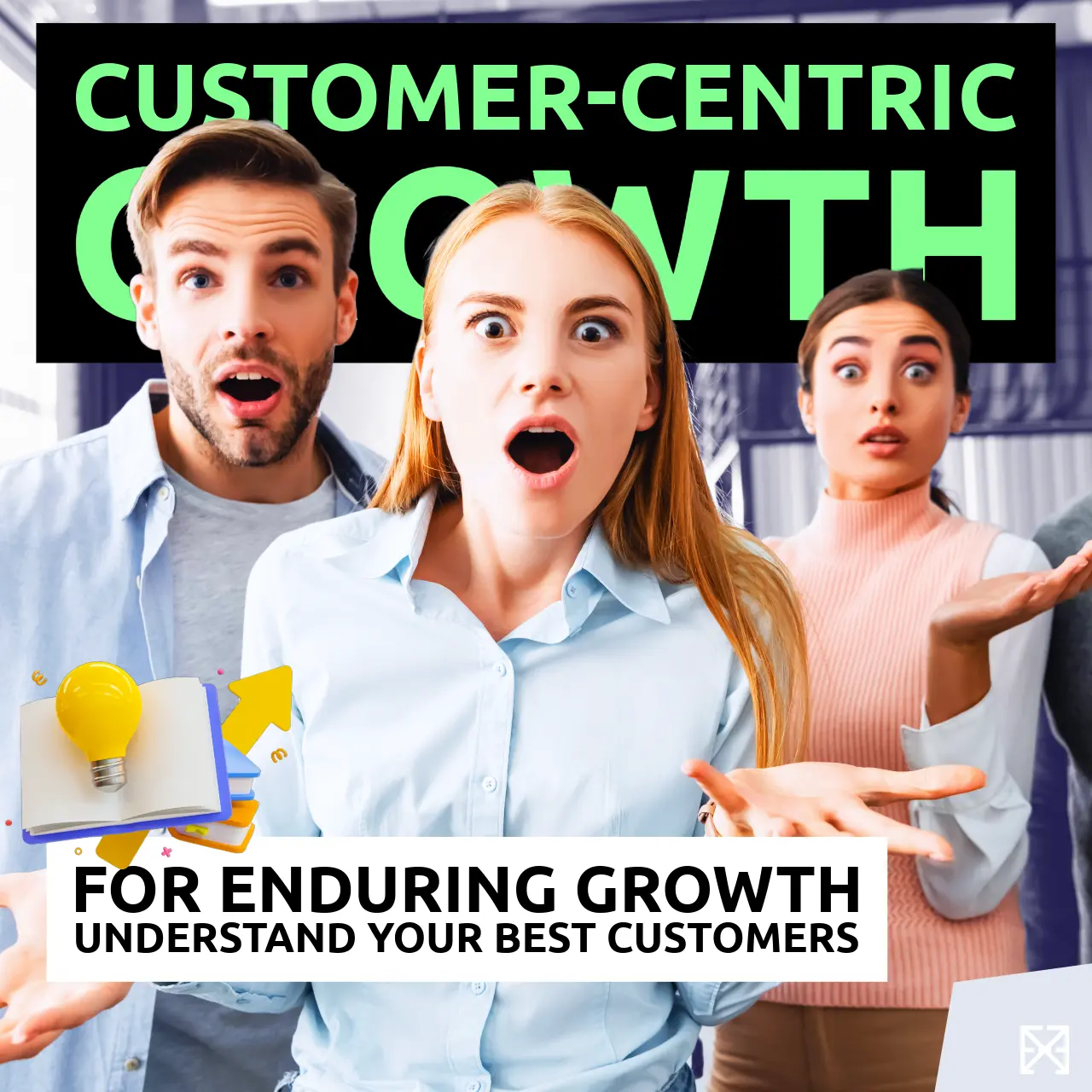In today's business environment, digital real estate is paramount. Two key pages often come up in the discourse – landing pages and sales pages. But what separates the two, especially when they seem, at first glance, to serve a similar purpose? Let's dissect their nuances for the professionals navigating this digital terrain.
Core Objective: Engagement vs. Conversion
Landing Page: Primarily designed to capture leads or provide information. The goal might be to get a visitor to sign up for a newsletter, download an eBook, or register for a webinar.
Sales Page: Singularly focused on conversions – be it a product purchase, service enrollment, or software download.
Key Insight: While both pages aim to engage, only the sales page's endgame is a direct transaction.
Content Depth: Overview vs. Deep Dive
Landing Page: Often presents a more general or broad overview of an offering or value proposition.
Sales Page: Goes in-depth, exploring every facet of a product or service, emphasizing benefits and features, and addressing potential objections.
Key Insight: Sales pages must be more exhaustive since they're pushing for a commitment.
Call-to-Action: Varied vs. Specific
Landing Page: CTAs can vary – from 'Learn More' to 'Sign Up' to 'Get Started.'
Sales Page: The CTA is explicitly tailored to purchasing, e.g., 'Buy Now,' 'Add to Cart,' or 'Enroll Today.'
Key Insight: The CTA mirrors the page's primary objective.
Duration of Engagement: Short vs. Long
Landing Page: Typically shorter in content, aiming to capture attention quickly and lead the visitor to the next step in the funnel.
Sales Page: Can be long-form, painstakingly addressing every potential concern, query, or objection a potential buyer might have.
Key Insight: Sales pages invest more in keeping the visitor engaged, aiming to transition them from curiosity to commitment.
Navigation: Open vs. Restricted
Landing Page: Might allow more navigation options, letting visitors explore related content or other sections of a website.
Sales Page: Navigation is often limited or even eliminated to keep the visitor focused on the sales pitch and reduce distractions.
Key Insight: The sales page architecture is laser-focused on conversion, minimizing any exit points.
Design Philosophy: Attraction vs. Persuasion
Landing Page: Designed to attract and inform, making use of engaging visuals, succinct content, and brand elements.
Sales Page: Prioritizes persuasion, employing elements like testimonials, trust badges, product demos, and guarantees to convince the visitor of the offering's value.
Key Insight: While both pages employ design strategically, the sales page uses it as a tool of persuasion, not just attraction.
Conclusion
In the digital market, understanding the distinctions between landing and sales pages is crucial. Recognizing their unique characteristics and purposes will empower professionals to leverage them effectively, optimizing both engagement and conversion.



